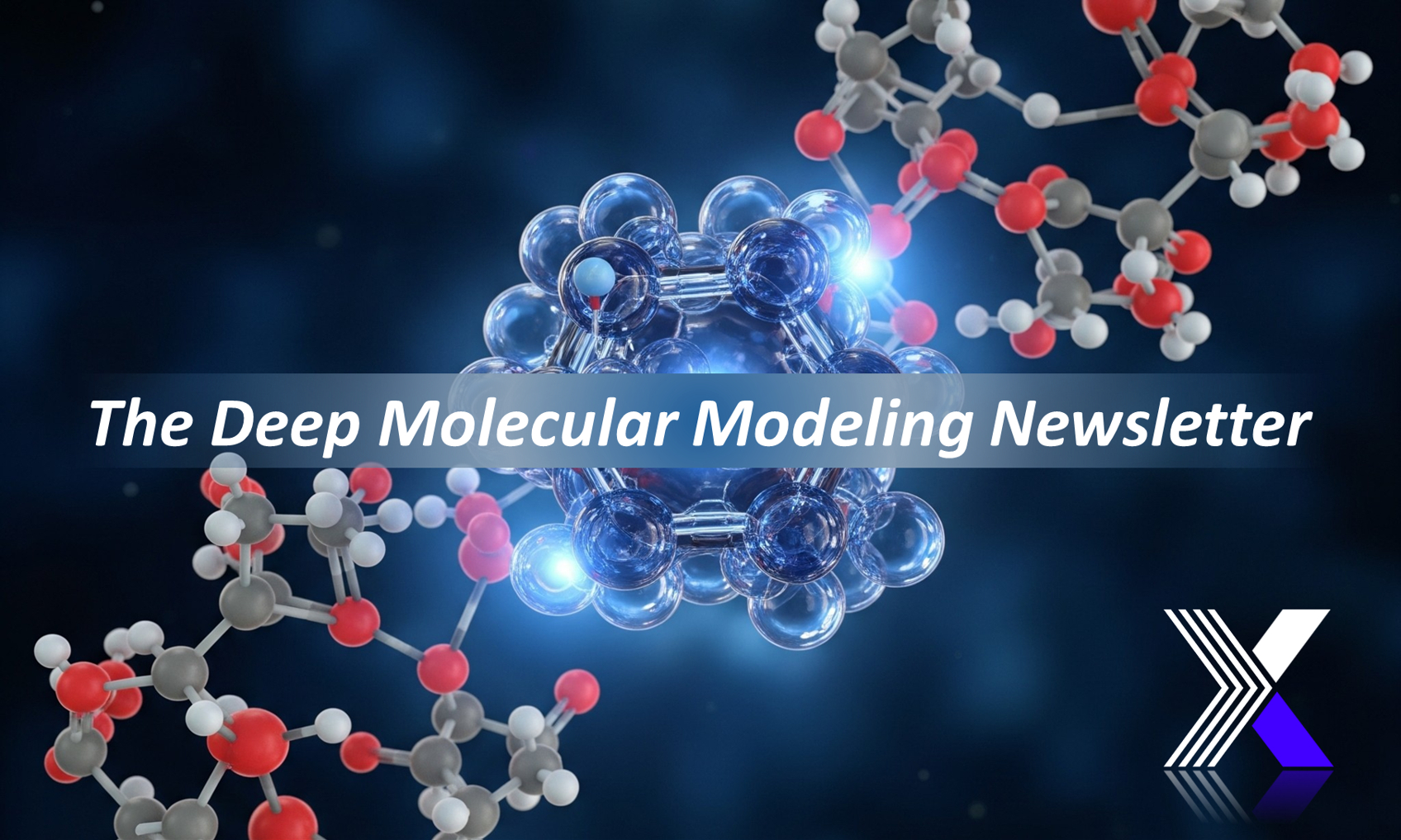
Every 3D-printed part has an Achilles’ heel: the stepped surface. This texture is visible and tactile, and it can reduce mechanical strength, impermeability, and aesthetic appeal. While vapor smoothing techniques have significantly improved upon manual sanding, the new frontier – spearheaded by 3dnextech’s research – is deep molecular modeling. This innovative approach works beneath the polymer’s surface, modifying its microstructure in a controlled and reversible way..
1. Vapor smoothing: the “shine” that remains on the surface
In the conventional chemical smoothing process, the part is exposed to hot solvent vapors. Since the component is kept at a lower temperature, the solvent condenses into a liquid film that dissolves the outermost layer of the polymer. After a few minutes, the solvent evaporates, and the surface recrystallizes, appearing visually smooth. It’s a quick and proven method, but inherently superficial: it removes a few microns of material, can smooth out fine details, and, if not perfectly calibrated, leaves micro-ripples (the dreaded “orange peel” effect) on large panels or deep cavities. Furthermore, the liquid-polymer interaction remains localized and does not significantly modify the internal mechanical properties of the part.

The 3DFinisher system starts with an opposing premise: preventing any condensation. The finishing agent – a non-fluorinated organic mixture – is vaporized in a chamber where the part and vapor are kept at the same temperature. In the absence of a liquid film, the agent molecules diffuse between the polymer chains for several tens of microns, temporarily plasticizing the matrix. Within this window of “controlled softening,” surface tensions – combined with the material’s own gravity – cause layer lines and micro-pores to disappear without removing any polymer. Once exposure is complete, the vapor is recovered, the part releases the solvent, and regains its original rigidity. The result is a uniform finish of Ra ≤ 1 µm across the entire geometry, including internal areas difficult to reach with traditional methods.
The molecular penetration produces a true “surface annealing”:
These data, obtained from ABS and ASA specimens, indicate that deep molecular modeling is not just an aesthetic treatment, but a functional one capable of shifting an FFF part from the prototyping realm to mass production.

4. Repeatability and Industrial Scalability
Operating in a single-phase regime makes the process robust: small variations in load or geometry don’t alter the result because there’s no liquid-solid transition to balance. A validated recipe (temperature, duration, vapor concentration) guarantees the same level of finish on successive batches without recalibration. The closed-loop solvent recovery system reduces chemical consumption and cuts down workshop emissions; sealed bottles, replaceable in a few seconds, eliminate the direct handling of flammable or toxic liquids, simplifying integration into lights-off robotic cells.
Currently, deep molecular modeling is validated on ABS, ASA, PETG, and cellulose acetate, which accounts for 85% of the FFF polymers used in certain industrial verticals, with a roadmap open to TPU and technical polyamides. The plasticizing agent is halogen-free, easily recyclable, and reusable, reducing operational cost and carbon footprint compared to high-GWP fluorinated solvents adopted in other market solutions.
6. Quando scegliere l’uno o l’altro
| Scenario | Vapour smoothing convenzionale | Deep molecular modeling 3dnextech |
| Prototipi estetici rapidi | ✓ | ✓ |
| Pezzi funzionali con carichi meccanici | △ | ✓✓ |
| Geometrie con canali interni complessi | △ | ✓✓ |
| Controlli dimensionali stretti | △ | ✓✓ |
| Processi lights-off e requisiti ESG | △ | ✓✓ |
(✓✓ = ottimo; ✓ = valido; △ = accettabile con limitazioni)
Conclusion
The deep molecular modeling developed by 3dnextech demonstrates that additive finishing can go beyond simple “polishing.” By controlling the molecular diffusion of the finishing agent, the process recomposes the microstructure of the part, improves performance, and offers a concrete roadmap towards the mass production of printed plastic components.
Vapor smoothing remains an effective tool for aesthetic applications and for materials difficult to plasticize. However, when structural robustness, automotive-grade repeatability, and a favorable environmental balance are needed, the molecular solution represents a decisive step forward.
In summary, the next time you evaluate how to transform a prototype into a finished product, ask yourself not only how smooth you want the part, but how much depth of treatment you need. The answer could change the post-production strategy in your facility.
